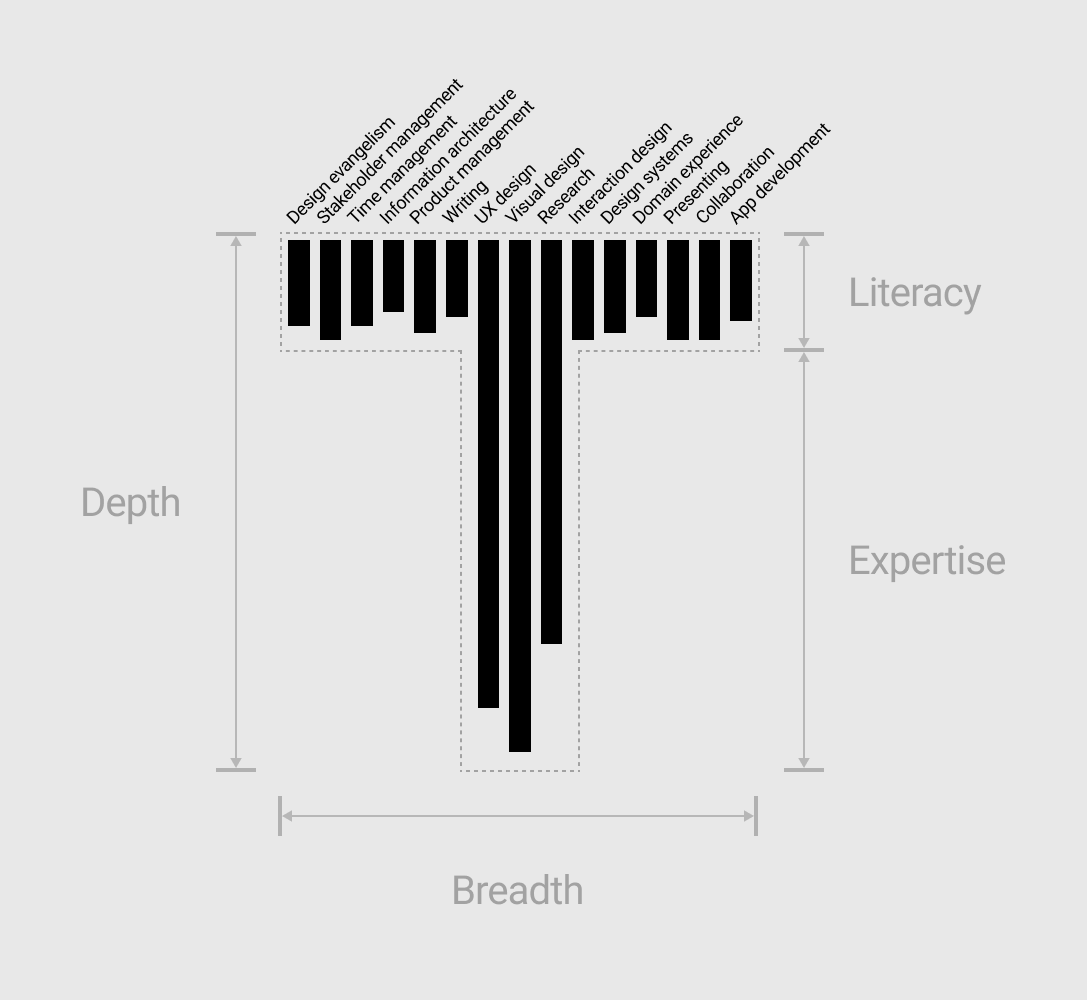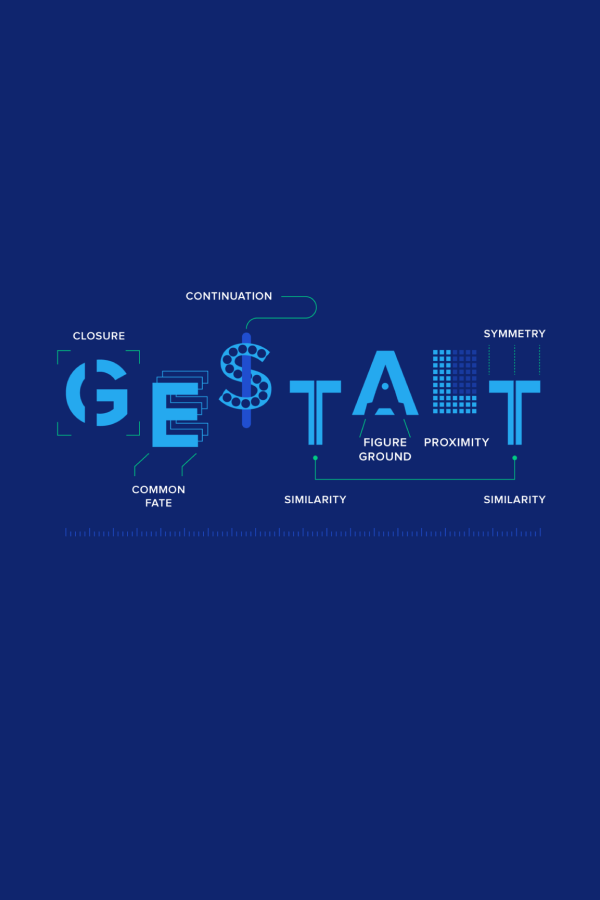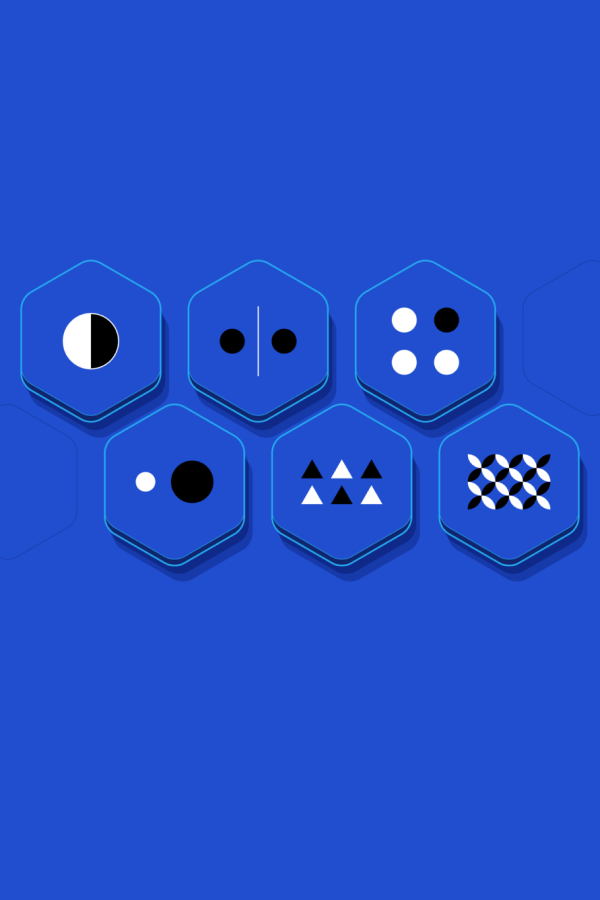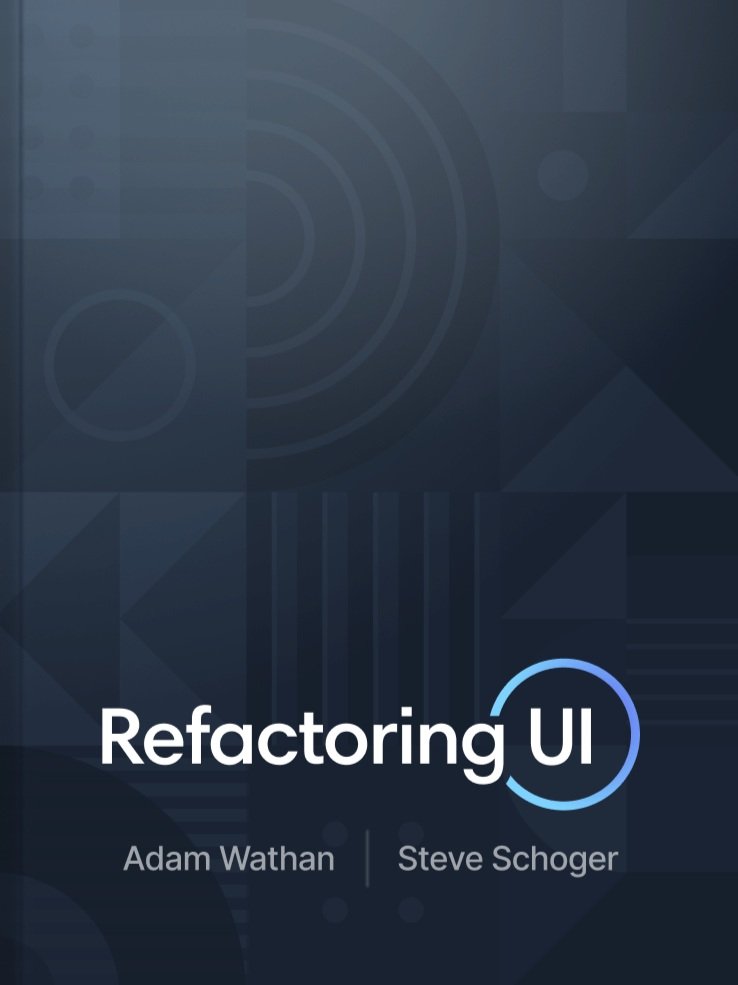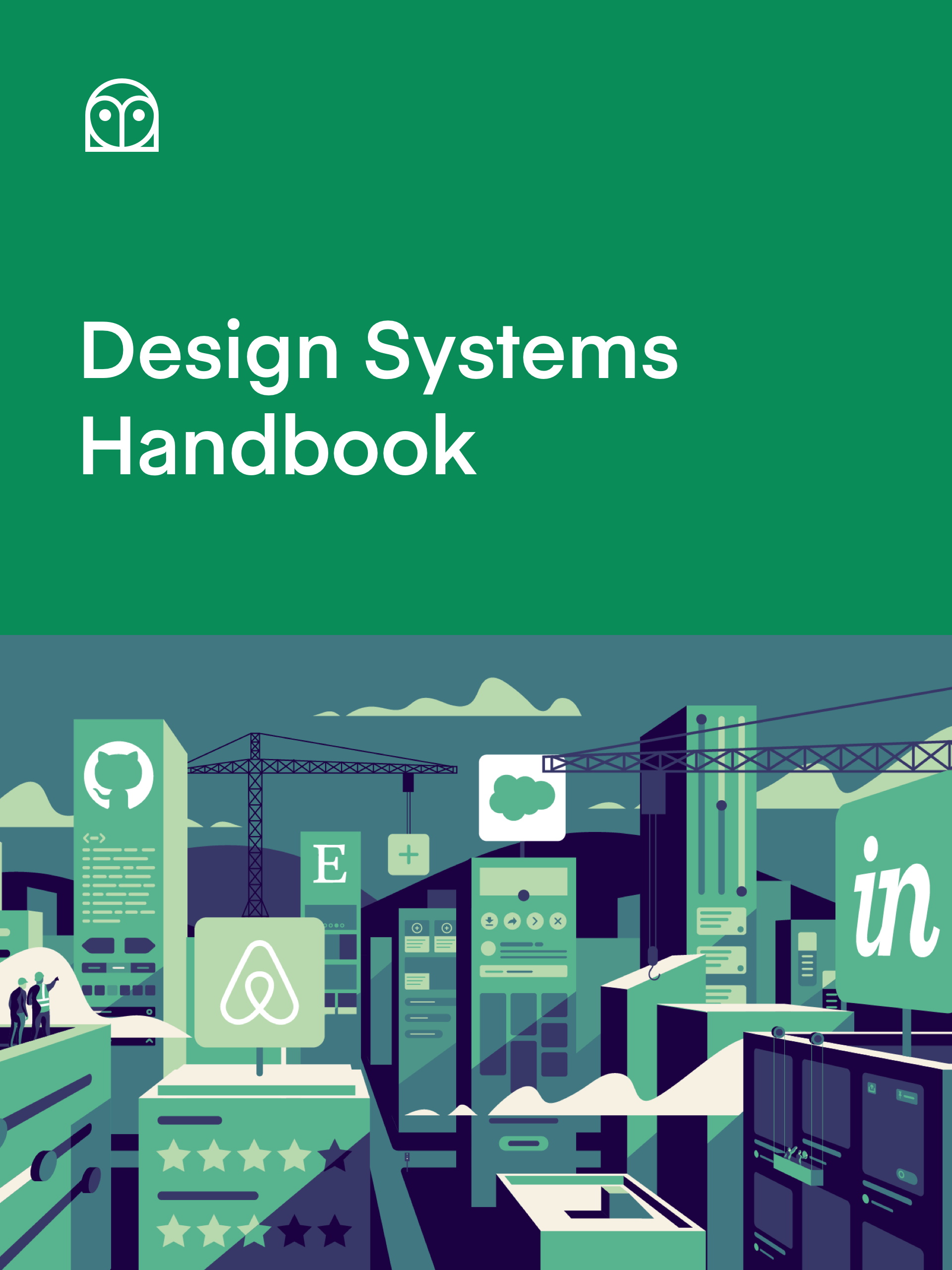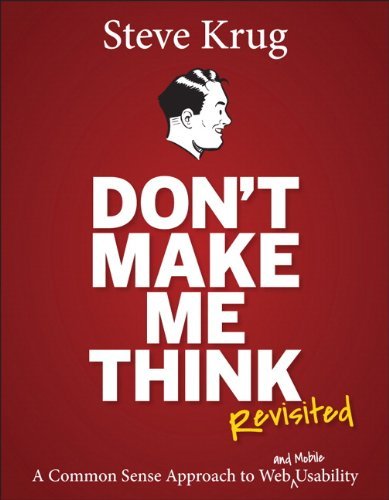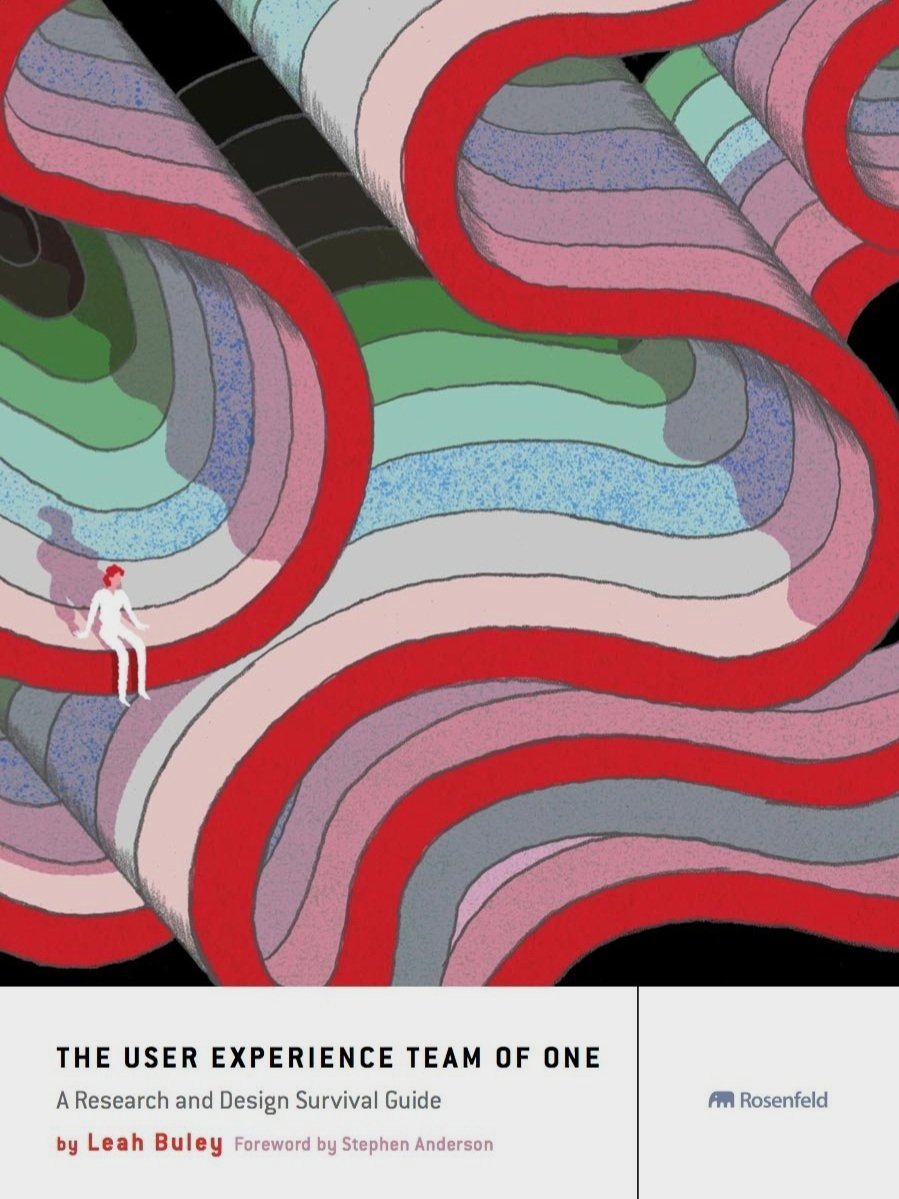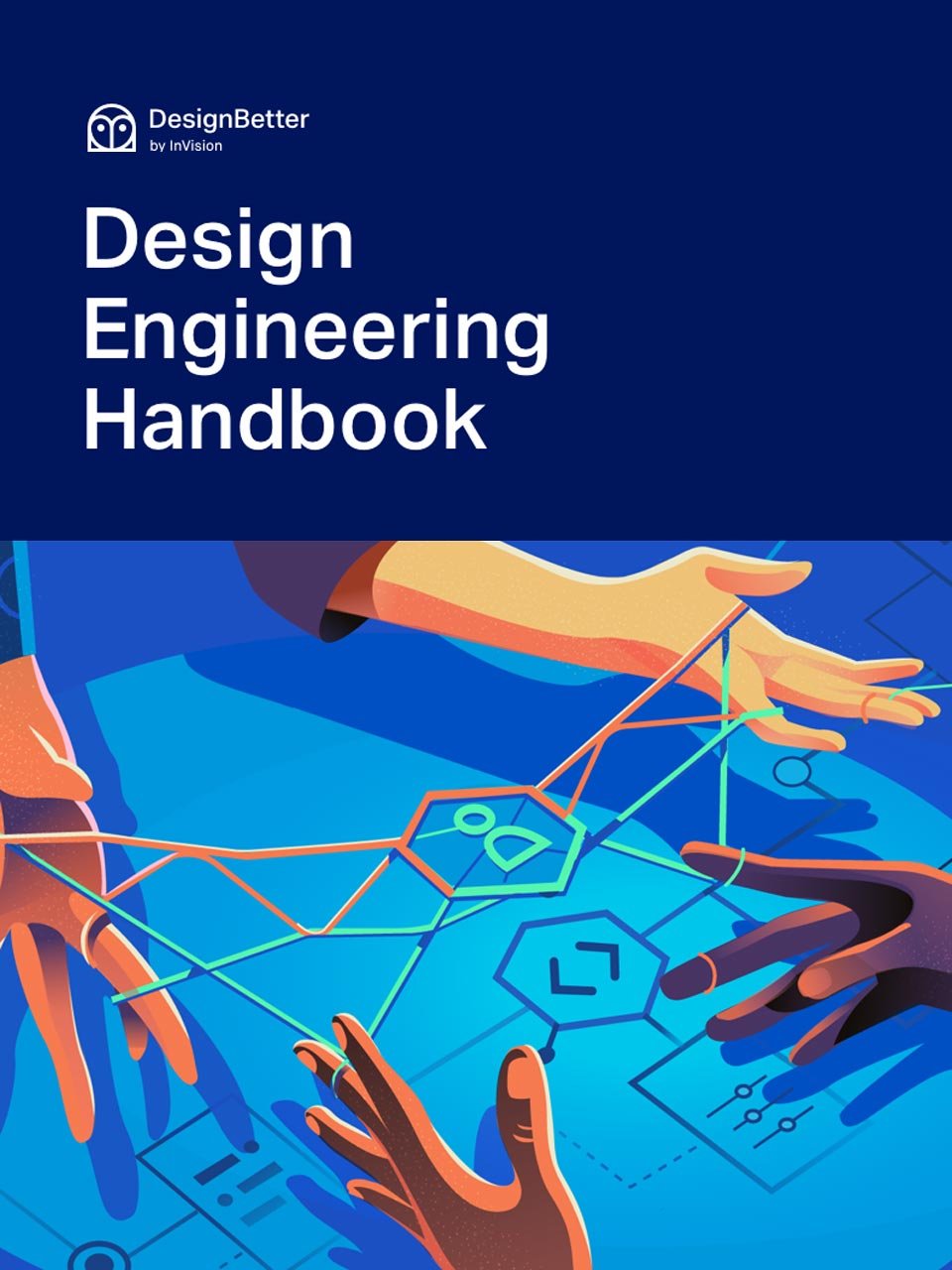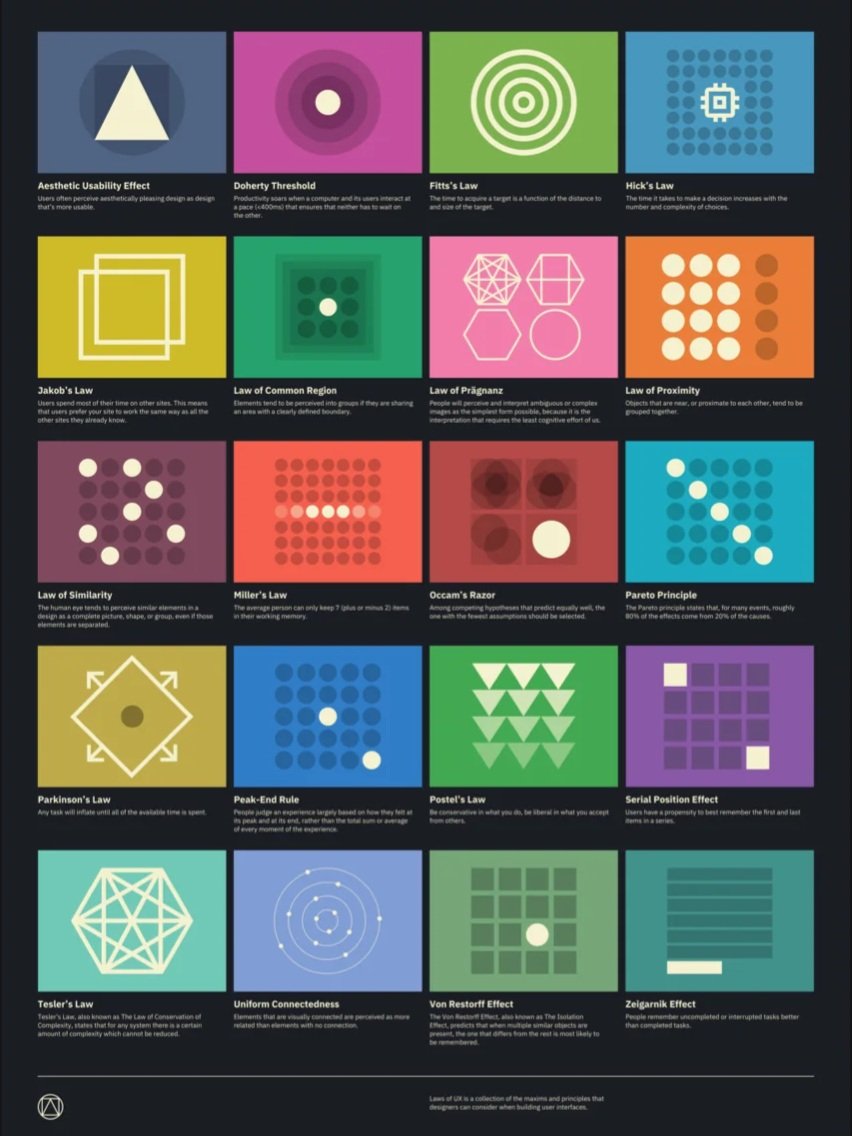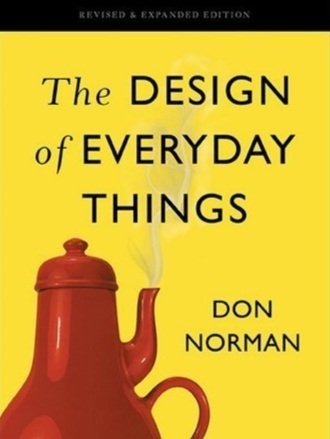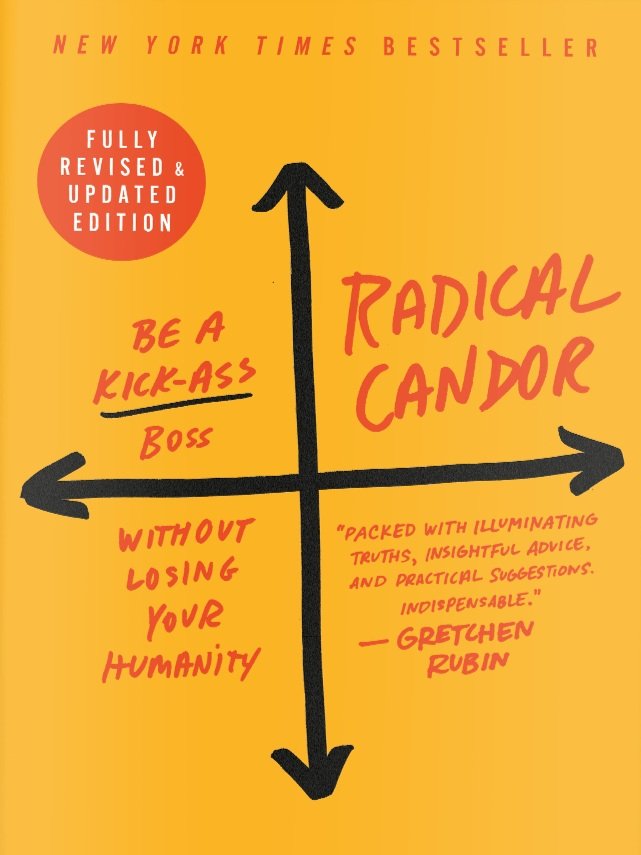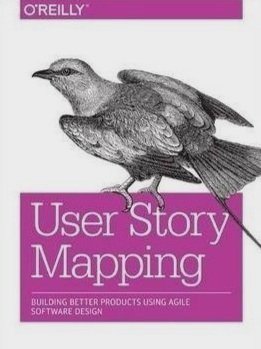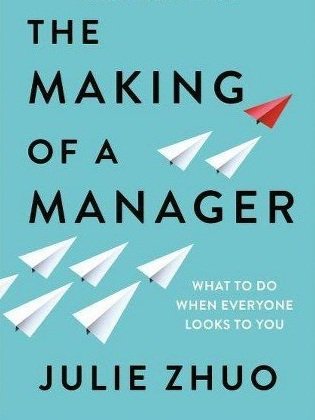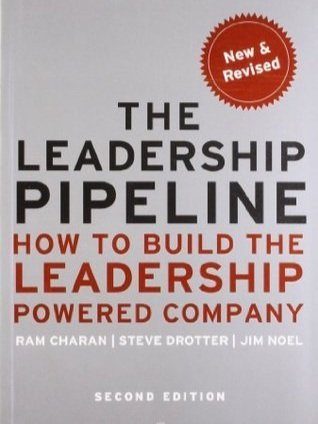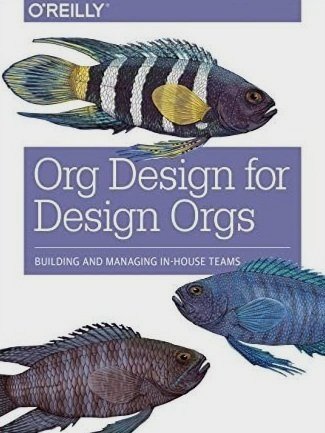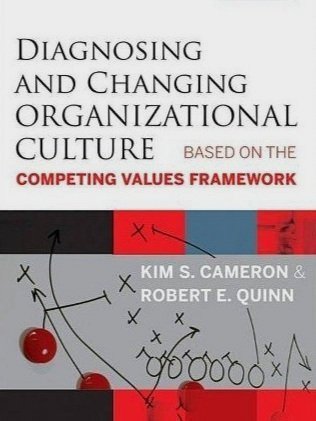Design Learning Starter Kit
The goal of this article is to help you become literate in multiple design competencies. These resources were invaluable to me throughout my career, and I hope they will be to you as well. This list is not exhaustive by any means, and as you progress in your career you will find new resources to help you along towards mastery.
*Note: I do not have affiliate links and make no money from these links. They are just really good resources.
Updated: Nov 8, 2022You need to learn a bit of everything
To be a successful designer, you must spend time growing your competencies in both breadth and depth. Companies will measure a candidate’s competencies using the T-Shaped framework, where the horizontal band represents the breadth of knowledge and the verticle represents the depth.
Not every designer will have identical competencies breadth-wise, but their depth of knowledge should be centered around visual design, UX design, and research. As you become more senior, your depth of experience should expand to other areas such as product management and writing. The resources below are centered around visual design, UX design, and research.
Visual design
The resources below will teach you how to make compelling visual designs. They are particularly relevant if you do not have any formal design training, are working in a low design maturity environment, or haven’t worked in a design adjacent industry. You will be evaluated mostly on your ability to create beautiful things. The dirty secret is that many companies still have no idea what design is, even companies that have well-established design teams. This means that your stakeholders will often gauge your capabilities on how “beautiful” a wireframe appears to be. Thankfully, design is more of a skill than it is a talent, and a “designer’s eye” can be learned and developed.
UX design
These resources will help you get a baseline understanding of the design discipline and provide you with codes and conventions. It’s up to you to figure out how to implement them for your specific environment, and understand when it’s appropriate to use them or deviate from them. This is because UX design is still in its infancy as a practice, so there will be a lot of disagreements between companies on what is the “best design practice”. For instance, I have never professionally used “personas” before (and I’m not sure if anyone still uses them).
*Note: I only recommend “The Design of Everyday Things” to people coming from non-design backgrounds. It’s not worth your time otherwise.
User research
You won’t always perform research as a UX Designer, and often no one will ask you to. But there will come a time when your design cannot be shipped without first being tested, or even worse, that your design isn’t actually solving the right problem. When you find yourself in these situations, these books will help you navigate that ambiguity.
Collaboration
Collaboration is hard to master because it involves making decisions with other people. And people are unique, complex, and emotional. It can be particularly difficult if your success is tied to the outcome of those decisions. Here are some books on delivering critical feedback, storytelling, and de-escalation tactics (also a few on how not to be an asshole).
Product management
It’s imperative to understand how design supports the business and how our efforts contribute to the larger business goals. Senior designers are expected to understand how the business is growing, and how their specific contributions are helping that growth. These responsibilities overlap with product management, which acts as the liaison between design and engineering to align everyone toward business goals. It also helps to understand the motivations behind how product managers make decisions and measure success.
Leadership
I’ve lumped management and leadership together because regardless of whether you are managing people, it’s important to understand the expectations of your managers, how you are being evaluated, how expectations differ across levels, and what elements result in a thriving design environment. In an ideal world, your manager should know all of these things and teach them to you. In a less-than-ideal world, you will have to shoulder a portion of those responsibilities.


